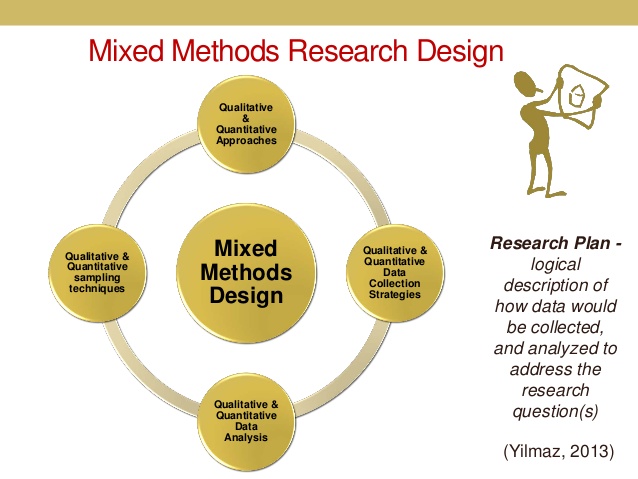History of Qualitative Research
Qualitative research has a long and vibrant history in the social sciences, health sciences, and humanities. The development of qualitative research has been heavily influenced by the variety of sub disciplines. Although the work for the Chicago School in America in the 1920s and 1930s highlighted the central role of qualitative research in social research, a range of other disciplines was also responsible for the rise and continued development of qualitative approaches, including history, medicine, nursing, social work, and communications.
Although some historical accounts have taken as their starting point the development of qualitative research in the beginning of the 20th century, for example, Norman K. Denzin and Yvonna S. Lincoln’s “Seven Moments of Qualitative Research,” other accounts begin their analysis with the development of qualitative approaches in the 17th century.
The beginnings of qualitative research, according to Vidich and Lyman, are located in the work of early ethnographers during the 17th century. Qualitative research during this period involved the Western researcher observing the customs, practices, and behaviors of “primitive” societies, to understand the other. During this period, the other was often regarded as a non-White person living in a society considered less civilized than the society to which the observer belonged. Such interest in “primitive people” was exacerbated by the problems experienced by explorers during the 15th and 16th centuries when attempting to account for people they discovered in the New World.
Qualitative research during this second phase (17th to the 19th century) was regarded in terms of colonial ethnography. During this period, ethnographic descriptions and analyses, written by Western explorers, missionaries, and colonial administrators, were deposited in church archives and/or local and national archives. Many of these early writings sought to civilize the world.
During the next phase (late 19th to early 20th century), American ethnographers focused on American Indians, who were still regarded as primitive and as representing a specific other. These others were researched to shed light on prehistoric times. This period also saw a shift in the perspective of ethnographers, from ethnographies written by missionaries to those written exclusively by anthropologists, for example, those writing after the creation of the ethnology section of the Smithsonian Institution or for the Bureau of Indian Affairs (BIA).
During the early 20th century and up to the 1960s, the religious beliefs, practices, and customs of Black, Asian, and European immigrants who had arrived on American soil during the early days of industrialization were a source of worry for White American citizens who were concerned with the future development of the American Protestant society.
Initial efforts to preach a social gospel in the settlement houses were hindered by the sheer number of new urban inhabitants. In order to deal with these increasing numbers and to identify the numbers of each denomination, nationality, and race, statistical surveys were implemented. The desire to incorporate immigrant groups into existing Protestant communities resulted in the first qualitative community analysis by W. E. B. Du- Bois—The Philadelphia Negro.
The fifth moment (1990–1995) attempted to address the crises characterizing the previous period. Innovative approaches to ethnographic writing were introduced, and the perception of the distant observer was eroded. Situation-specific and localized theories replaced grand theories and narratives.
The trends occurring in the postmodern period continue in the post experimental period (1995–2000) through the use of poetry, drama, and multimedia techniques in ethnographic writings. New researchers across a number of disciplines are continuing the more reflexive and interpretive approach to qualitative research.









